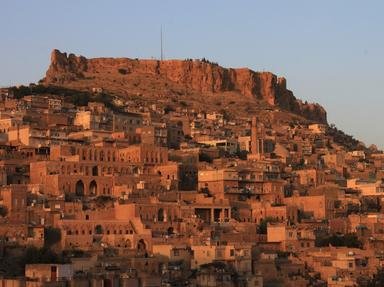Quiz Answer Key and Fun Facts
1. The Hammurabi Code is the oldest, most comprehensive code of laws in the world.
2. Hammurabi was king of what area in Mesopotamia?
3. The Hammurabi Code stele consists of three parts: a prologue, the code, and an epilogue. The prologue includes a carving, that shows Hammurabi receiving the code from Marduk, who was the god of the water, vegetation, magic, and what else?
4. The second section of the Hammurabi Code Stele contains the body of the laws. How many laws altogether are on the tablet?
5. One of the most famous of the Hammurabi laws that students learn is 'an eye for an eye; tooth for a tooth'. When one studies the code closely, however, it is seen that this only hold true for noblemen injuring noblemen. What happened if a nobleman knocked out the eye of a servant?
6. According to the Hammurabi Code, what was the penalty for stealing from the temple?
7. According to the Hammurabi Code, how was a son punished for striking his father?
8. The Hammurabi Code did allow an accused person to cast himself in the river to let the gods decide his fate. Which river was that?
9. The Hammurabi Code of laws dealt with which of the following?
10. Where has the Hammurabi Code Stele been on display?
Source: Author
ponycargirl
This quiz was reviewed by FunTrivia editor
bloomsby before going online.
Any errors found in FunTrivia content are routinely corrected through our feedback system.

